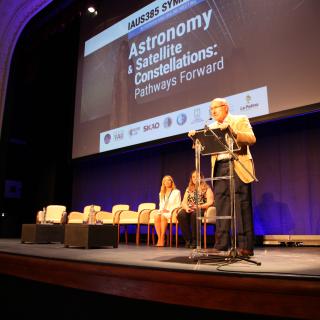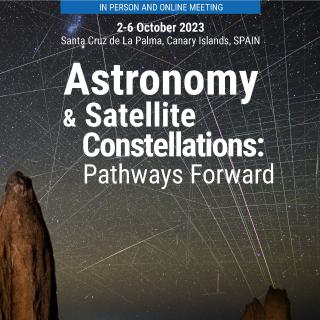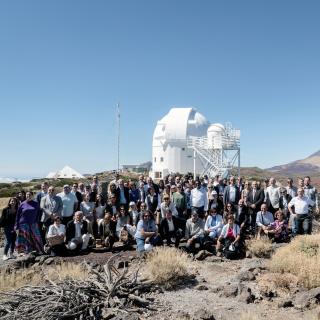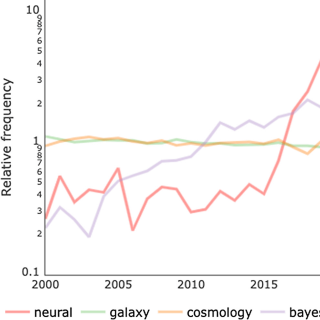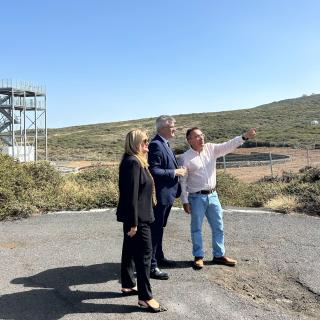
Today, 10 October, the Secretary of State for Transport, Mobility and the Urban Agenda, David Lucas, visited the facilities of the Roque de los Muchachos Observatory (Garafía, La Palma), accompanied by the Observatory's administrator, Emilio García, and the island director of the State Administration, Ana María de León. The visit took place after the start of the meeting of the European Union's Directors-General for Housing, which was chaired by the Secretary of State and held at the Roque de los Muchachos Visitors' Centre. The conference of the most senior officials responsible for European
Advertised on
